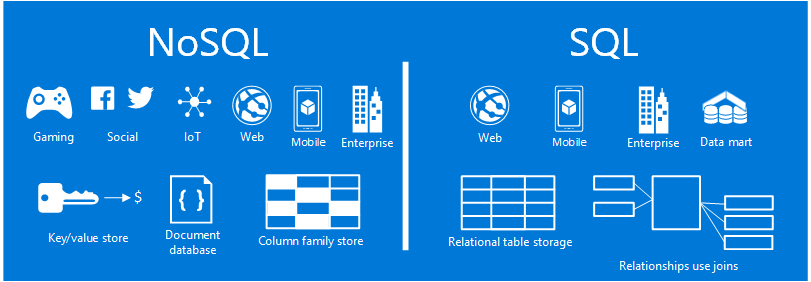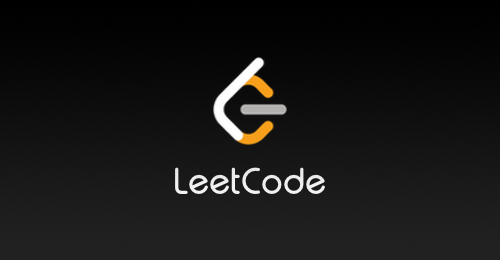What Defines a Database (DB)?
A database is defined by its underlying database engine, which manages:
- Data storage
- Retrieval
- Querying
SQL databases account for approximately 5% of all databases, with NoSQL and other paradigms dominating the rest.
Myths About NoSQL
- “NoSQL exists because SQL doesn’t scale.”
- Misleading! SQL databases can scale through sharding (partitioning data across nodes).
- NoSQL is often sharded by default, creating the perception of inherent scalability.
- Constraint: Scaling SQL with ACID compliance is more complex than NoSQL’s relaxed models.
- “SQL databases always use B+ trees.”
- Not true! While MyISAM and InnoDB (MySQL engines) use B+ trees for O(log n) lookup performance, you can implement custom storage engines with different structures.
- Data storage is flexible, not limited to B+ trees.
SQL vs. NoSQL: Structural Differences
SQL Databases
- Structure: Rigid, tabular format with predefined schemas.
- Storage Engine: Often uses B+ trees (e.g., InnoDB, MyISAM) for efficient indexing.
- Guarantees: Strong consistency via ACID compliance (Atomicity, Consistency, Isolation, Durability).
NoSQL Databases
- Structure: Flexible, no standardized schema. Types include:
- NewSQL: SQL structure with NoSQL scalability.
- In-Memory: RAM-based for speed (e.g., Redis).
- Key-Value: Simple pairs (e.g., DynamoDB).
- Columnar: Column-based queries (e.g., Cassandra).
- Document: Semi-structured data (e.g., MongoDB with WiredTiger engine).
- Hybrid: Combines multiple paradigms.
- Guarantees: Varies—some prioritize availability over consistency (CAP theorem).
- Engines: NoSQL and SQL can share the same storage engine. Differences stem from guarantees (e.g., distributed, in-memory, centralized, embedded).
Database Architecture: Abstracted Layers
A database system uses modular, plug-and-play layers:
- Physical Layer: Manages storage on disk/devices (e.g., allocating space, reading/writing).
- Storage Engine Layer: Handles data structures, indexing, and retrieval (e.g., B+ trees, hash tables).
- Query Layer: Parses and executes queries, translating commands for the storage engine.
- Application Layer: Provides the user/application interface (e.g., query language, API).
Key Point: Layers are abstracted, so changes in one (e.g., upgrading the storage engine) don’t affect others. Performance depends heavily on the storage layer.
Data Storage in B+ Trees
In relational databases:
- A B+ tree node contains one or more rows of fixed-width data, ensuring predictable storage.
- Multiple rows can reside in a single node, optimizing space and retrieval.
In NoSQL (e.g., MongoDB’s document store):
- JSON data appears simple at the application layer but is stored in complex, optimized formats by the storage engine (e.g., WiredTiger).
Indexing in SQL and NoSQL
Indexing improves read performance (lookups):
- Sparse Index: Stores indexed values with offsets, reducing index size.
- Dense Index: Indexes all values, increasing size but enabling faster lookups.
Why No Joins in NoSQL?
Joins are computationally expensive in NoSQL due to its distributed nature:
- Joins occur on the compute layer, not the storage engine.
- In sharded databases, data is spread across multiple nodes. Joining requires gathering data on a single machine, incurring network overhead.
- Alternatives: Approximate joins or partial joins.
- Geo-sharding: Distributes data across geographic regions for performance and availability, but complicates joins.
Scaling Reads and Writes
Master-Slave Architecture
- Purpose: Scales read operations.
- Mechanism: Writes occur on the master node, which replicates data to slave nodes via a replication log. Slaves handle reads.
- Advantage: Reads are more common, improving performance.
Multi-Master Architecture
- Purpose: Scales reads and writes across multiple masters.
- Challenges:
- Conflict Resolution: Handling concurrent writes (e.g., First Write Wins, Last Write Wins, Concatenation, or rejecting conflicts).
- ID Management: Ensuring unique IDs across masters.
Joins in Distributed Databases
In sharded or distributed systems:
- Data from multiple nodes is collected on a single machine for the join.
- The result is computed and redistributed.
- Use Case: Suitable for analytics (batch processing), but not ideal for real-time applications due to high latency and cost.
SQL vs. NoSQL: When to Use
- SQL Databases:
- Strengths: ACID compliance ensures strong consistency, ideal for transactional systems.
- Best for: Data under 5TB, where sharding isn’t needed.
- Trade-off: Scaling distributed SQL with ACID is slower due to distributed transactions.
- NoSQL Databases:
- Strengths: Flexible schemas, built-in sharding, and high scalability.
- Best for: Large, distributed datasets needing high availability or eventual consistency.
- Trade-off: Weaker consistency in some cases.
Key Takeaways
- Everything is a trade-off: SQL prioritizes consistency; NoSQL emphasizes scalability.
- The storage engine is critical to performance for both SQL and NoSQL.
- Understand the architecture (layers, indexing, sharding) to choose the right database for your use case.
Souren

 LeetCode 66.Plus One
LeetCode 66.Plus One